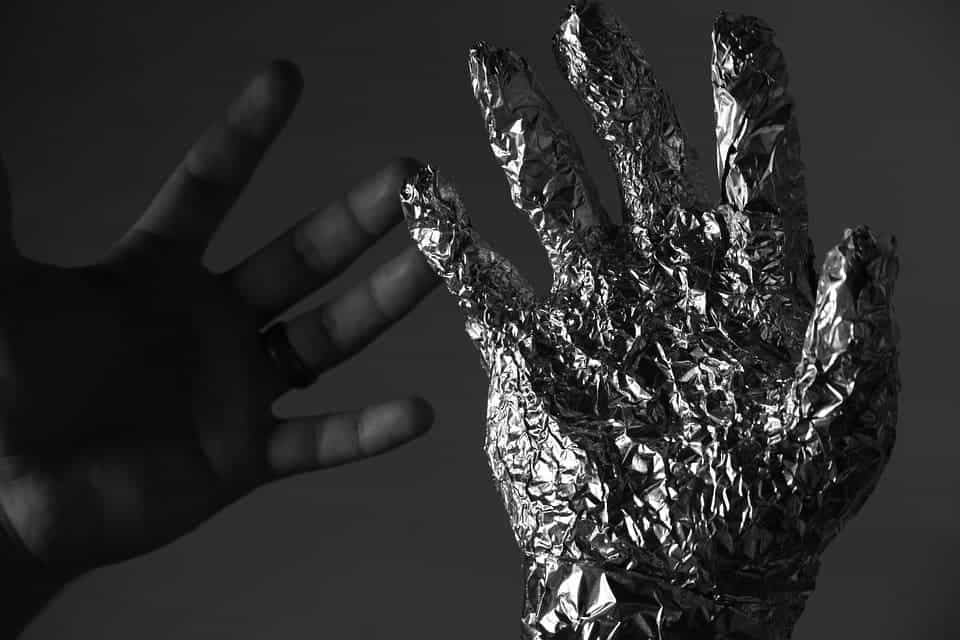Musk plans to combat the rise of dangerous AI with Neuralink, a brain-computer interface which would allow us to keep tabs on the systems and prevent them from “becoming other”, he said.

About one month ago, billionaire Elon Musk revealed his latest venture, Neuralink, in an interview with Wait But Why. In the short term, its aim will be to develop and market a device that can help those with severe brain injuries communicate and interact with the world around them through the use of computers. In the long term, they hope the tech will enable people to communicate by “consensual telepathy” and effectively turn cloud-based AI into an extension of the human brain.
There’s a sleuth of reasons why we’d want this — primarily because telepathy is freaking cool. Then there’s the more boring stuff such as improved communication and connectivity, faster exchange of ideas, easier pooling of knowledge for research, understanding your fellow man, things like that. But!
Good ol’ Musk may have another, more long-term goal in mind for Neuralink. Responding to a Tweet on Sunday, the entrepreneur revealed that “the aspiration” behind the new company is to protect humanity from homicidal AIs by putting the reigns firmly in our brains.
That is the aspiration: to avoid AI becoming other.
— Elon Musk (@elonmusk) April 23, 2017
On the off chance you don’t know what Skynet is, shame on you. It’s the name of a fictional, self-aware AI system in the “Terminator” series of movies, which saw humanity as a threat and tried his best to wipe us out. In his interview with WBW, Musk said Neuralink’s goal is to build “micron-sized devices” to mediate human-machine interfaces at all times. Not only will this let us keep AIs under control, it should also allow us to communicate in what essentially is machine-powered telepathy, unshackling communications from the constraints or words and the act of talking.
“If I were to communicate a concept to you, you would essentially engage in consensual telepathy. You wouldn’t need to verbalize unless you want to add a little flair to the conversation or something,” he says “[…] but the conversation would be conceptual interaction on a level that’s difficult to conceive of right now.”






